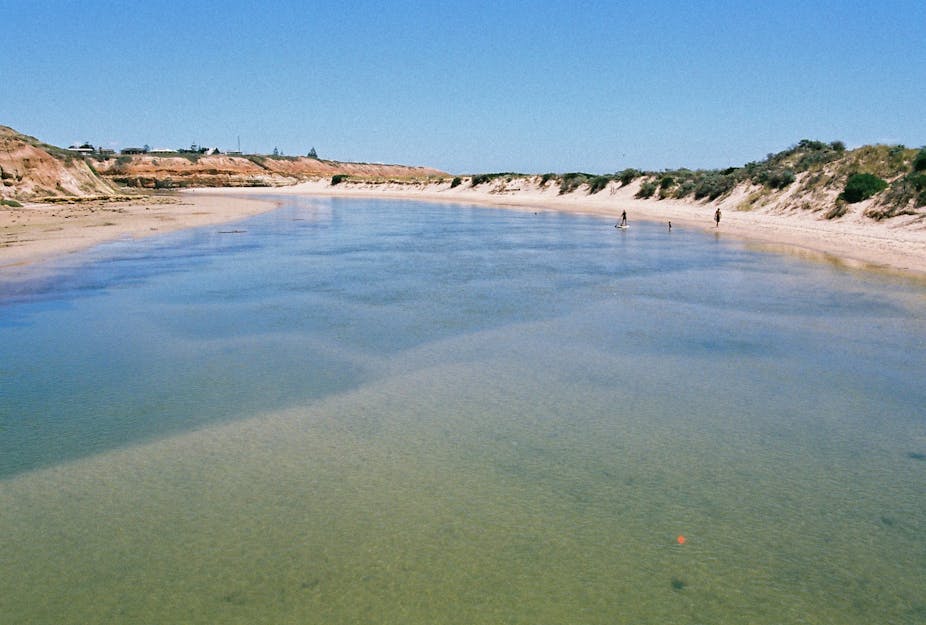Imagine a future where the yearly flow into one of the largest water reservoirs of a major Australian city could halve within 70 years. This is a scenario that Adelaide could face if the world continues on its current trajectory of high greenhouse gas emissions, according to the latest reports released this week from the Goyder Institute of which we were the lead authors.
This means Adelaide needs to start planning climate change adaption strategies for its water supply now, in combination with reducing greenhouse gas emissions.
Declining supply
The finding is based on one of the most detailed modelling efforts that has been conducted into the water security of an Australian city.
Based on the outputs of 15 recent global climate models combined with downscaling rainfall to the catchment scale and hydrological modelling, we assessed how changes in rainfall and evaporation and transpiration (water evaporating from plants) will affect runoff in the Onkaparinga Catchment. Historically, this catchment has supplied on average about 50% of Adelaide’s water supply, with the remainder supplemented by pumping from the Murray River.
The findings suggested that a high level of confidence can be placed in projections of a decline in runoff. In fact, 98% of the model simulations suggested a decrease in runoff by the end of the century (the remaining 2% suggest little change).
However, the magnitude of change is highly uncertain – some projections suggest only small levels of change; others as much as 75% or more.

Dealing with the dry
The results paint a bleak future, but there are things we can do. The most obvious solution is to collectively reduce our greenhouse gas emissions. By looking at a low-emission trajectory (i.e. one that assumes that society will take active measures to reduce emissions) the reduction of reservoir inflows might only be 25%.
As well as reducing emissions, we need to start preparing to adapt to a drier future.
Our best bet is to continue the diversification of Adelaide’s water sources. We already supplement natural catchment flows with pumping from the Murray River. There are other water source options such as re-use of wastewater, stormwater harvesting and desalination.
The challenge for Adelaide is to balance the economic costs, energy use, environmental impacts, social preferences and governance arrangements required to implement each of these options.
In parallel with this, we need to maintain efforts to reduce our water consumption – for example, by adopting water-efficient household appliances and improving garden water efficiency. In the past eight years this has reduced household water use by 15%.
While 2070 might seem a long way off, the long time horizons required to plan, design and implement critical infrastructure changes means we need to start taking measures now to adapt to these future changes.
This highlights that we need much more informed public debate about how we are going to adapt to the changes that are already “locked in”, and how we can reduce our emissions so that the worst-case scenarios will not be realised.

